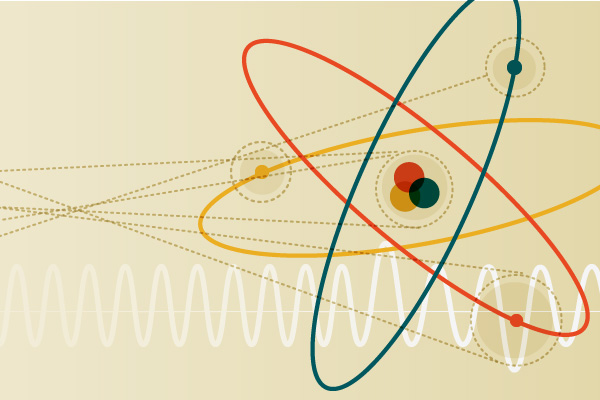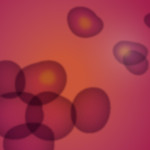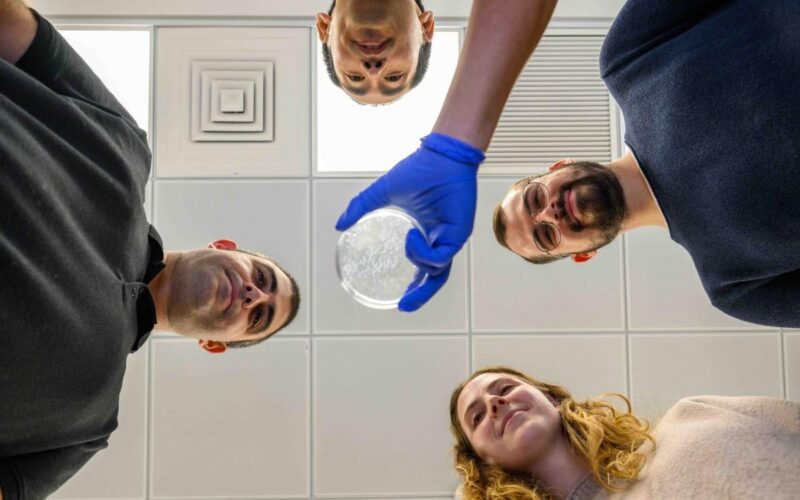
May 25, 2011
Weizmann Institute scientists set a new record for measuring magnetic vibrations using the spin of a single atom: 100 times more accurate than the previous record
The lab, though it may seem quiet and insulated, can be as full of background noise as a crowded train station when we’re trying to catch the announcements. Our brains can filter out the noise and focus on the message up to a certain point, but turning up the volume on the loudspeakers – improving the signal-to-noise ratio – helps as well.
Separating out the signal from the noise – increasing one while reducing the other – is so basic that much of scientific research could not take place without it. One common method, developed by the physicist Robert Dicke at Princeton University, is based on a principle similar to the one that enables radio broadcasts to pass through the noisy atmosphere. In short, one modulates electric waves (which correspond to the sound waves) one wishes to send over long distances, adding them on top of a high-frequency wave. To listen to the broadcast, one must have a receiver that is tuned to the frequency of the carrier wave (that numbered band on the FM dial), which then splits the two waves apart and amplifies the second “rider” wave – the music or talk we want to hear.
The method used by the physics labs is called “locked-in amplification.” Here, too, a low-frequency, measured signal “rides” a high-frequency wave. A locked-in amplifier singles out the specific wave from the rest of the noise, “locking” onto the required signal and enabling scientists to make all sorts of accurate measurements.
To obtain good spatial resolution, one should measure with the smallest possible detector; one can’t get much smaller than a single atom. The world of single atoms, however, is governed by the laws of quantum physics, and any sort of observation in the quantum world is a complex undertaking. The Heisenberg uncertainty principle, one of the cornerstones of quantum theory, sets limits on our ability to measure with any kind of precision. But that very theory contains some clues as to how these limits can be approached. Dr. Roee Ozeri and research students Shlomi Kotler, Nitzan Akerman, Yinnon Glickman and Anna Keselman in the Weizmann Institute’s Physics of Complex Systems Department applied the rules of quantum mechanics to a single atomic-ion detector, building a quantum version of a locked-in amplifier. Using the ions’ spin as a sensor, they were able to measure magnetic vibrations with a spatial resolution of a just few nanometers (a few billionths of a meter). The sensitivity of this measurement was extremely high: around 100 times better than any previous such measurement. This technique, says Ozeri, could be used in physics labs around the world to improve the sensitivity of all sorts of quantum sensors.
Dr. Roee Ozeri’s research is supported by the Yeda-Sela Center for Basic Research; the Wolfson Family Charitable Trust; David Dickstein, France; and Martin Kushner Schnur, Mexico.
http://wis-wander.weizmann.ac.il/listening-with-one-atom





